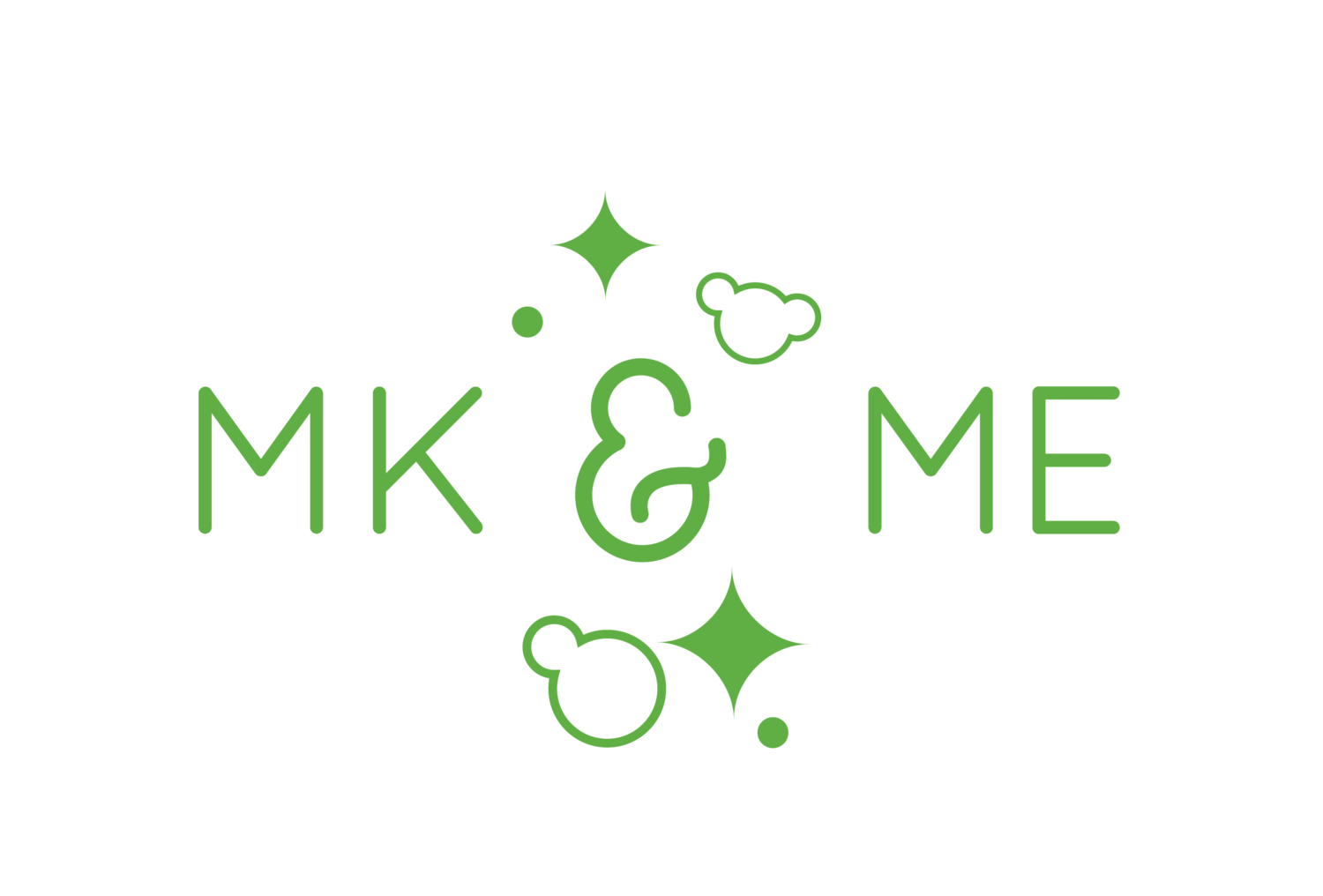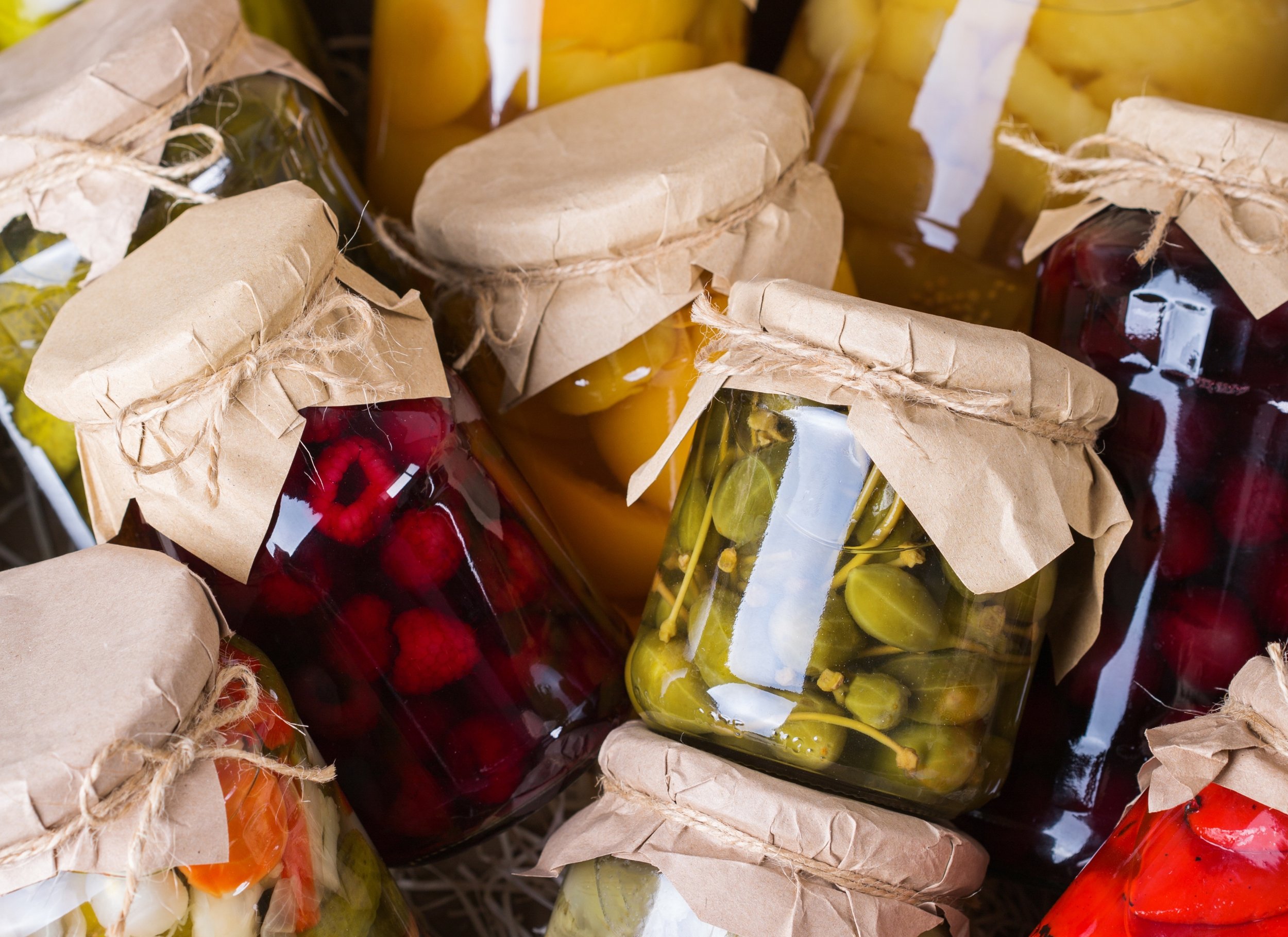5 FOOD PRESERVATION METHODS YOU CAN TRY AT HOME
The amount of food wasted each year in the United States alone is astronomical.
During the holiday season, these numbers skyrocket even higher than usual. Not only is this a colossal waste of resources, but it’s also a major contributor to climate disaster.
Fortunately, there are simple and effective ways that we, as individuals, can combat food waste. One of the simplest solutions to this environmental issue is food preservation.
By preserving food instead of throwing it out, you reduce waste, help the fight against global warming and save money on grocery shopping! Get ready to discover a whole new world of eco-friendly possibilities as we take you through 5 easy food preservation methods that will forever change the way you approach leftovers in your kitchen.
Why Is Food Preservation Important?
Each year, nearly 40 million tons (80 billion pounds) of food are wasted in the United States - an estimated 30-40% of the entire country’s food supply. This equates to 219 pounds of waste per person per year, with discarded food being the single largest component taking up space in U.S. landfills.
Not only is this extremely troubling when you consider the percentage of the world’s population that goes hungry every day, this astronomical food waste has a hugely negative impact on our environment.
The production, processing, transportation, preparation, storage and disposal of food all require significant amounts of land, water, labor, money and energy. When food is discarded, the resources that brought it to your table are also wasted. These statistics are a stark reminder of the need for more responsible and sustainable approaches to food production and waste elimination.
Additionally, food waste is a large contributor to global warming due to the huge amount of gas emissions it produces. The production of wasted food in the United States creates greenhouse gas emissions equivalent to those produced by 37 million cars.
So how can you help? Keep reading to find out how you can reduce food waste in your home.
What Can We Do As Individuals to Reduce Food Waste?
Mahatma Gandhi once said, “Be the change you wish to see in the world." If we want to see that change, we need to start from the first level: our own homes.
So how exactly can you take action?
The first, and simplest step, is carefully planning out meals and grocery shopping to avoid ending up with lots of perishable leftovers.
The second step is composting our food scraps. In this day and age, composting does not have to be a complicated and daunting task. In fact, many people compost in their apartments without worms every single day.
The third step is focusing on avoiding food waste whenever we can. The rest of this blog post will go into depth on how you can make your food stay safe and tasty for longer!
5 Easy Food Preservation Methods
Freeze it!
Freezing is one of the most commonly used methods to preserve meals, meats, poultry and fresh produce. The freezing process slows down the speed of chemical reactions and reduces the activity of microorganisms. By lowering the temperature, the enzymes and bacteria that cause your food to spoil are put into a dormant state - which prevents them from breaking down the food’s texture, flavor and nutritional content.
Utilizing your freezer offers several advantages over other preservation methods.
First, it’s a convenient and easy way to store food for long periods, allowing you to buy in bulk and save money on groceries. It also maintains the food's freshness and taste, making it a great option for preserving seasonal produce and ingredients.
Another benefit of freezing is that it allows you to preserve the nutritional value of food. Unlike other preservation methods that involve heat or chemical additives, freezing doesn't significantly alter nutritional content. This makes it an ideal method for preserving fruits and vegetables that are rich in vitamins and minerals.
Overall, freezing is an excellent preservation method that offers many benefits, including convenience, long-term storage, freshness and nutritional value. By taking advantage of this simple and effective technique, you can reduce food waste and enjoy delicious, healthy meals all year round.
2. Pickle It!
Pickling is a method of preserving food in an acidic solution, which can be achieved by vinegar or through fermentation.
Pickling by vinegar brine is the most common method of pickling.It involves brining the fruit or vegetables in vinegar, water, and salt. The vinegar brine can be made in recycled glass jars to further reduce your carbon footprint.
Fermentation pickling is a traditional method of preserving food that relies on the natural process of fermentation to create an acidic solution. This method has been used for centuries and is still popular today due to its many health benefits.
To ferment vegetables, you will need to create a salt water brine and submerge your vegetables in the brine. The salt concentration in the brine will inhibit the growth of harmful bacteria and allow beneficial bacteria to thrive, which will then convert the natural sugars in the vegetables into lactic acid. This process creates an acidic environment that preserves the vegetables and gives them a tangy, sour flavor that many people enjoy.
Fermentation pickling is a slower process than vinegar pickling. It takes anywhere from a few days to several weeks to complete, depending on the temperature and the type of vegetable being pickled. However, it does not require the use of vinegar, which can be a plus for those who are sensitive to its taste or smell.
In addition, fermented pickled fruits and vegetables are rich in probiotics and other good bacteria that are beneficial for gut health, making them a popular choice among health enthusiasts. Overall, fermentation pickling is a delicious and healthy way to preserve your favorite fruits and veggies and enjoy them for months to come
Vinegar is probably the easiest, quickest and least intimidating method of pickling. However, fermentation provides more health benefits.
3. Jams and Marmalades
Is there anything more delicious than homemade jam? We’d have to guess that the answer is no!
Making jam is a great way to preserve leftover fruits and avoid spoiling. This food preservation method is based on adding lots of sugar.
Jellied fruit products require the correct combination of fruit, pectin, acid and sugar.
Pectins are natural compounds found in various fruits that can create a gel-like consistency when combined with the appropriate levels of acid and sugar. Although all fruits contain some amount of pectin, certain fruits like apples, crabapples, gooseberries, plums and grapes typically have enough pectin on their own to form a gel.
On the other hand, fruits like strawberries, cherries, and blueberries tend to have lower levels of pectin and may need to be combined with other fruits, that are high in pectin or supplemented with commercial pectin products, to achieve this gel-like texture.
When fruit and sugar are cooked together to make jam, the high temperature helps to kill off any existing microbes in the fruit. Additionally, the high concentration of sugar creates an environment that is unfavorable for microbial growth.
Filling jars with hot jam also works to sterilize the jars and lids, which helps to prevent the growth of any new microbes that could spoil the jam. However, it’s important to note that the jars and lids should be properly cleaned before filling them, to ensure that no harmful bacteria are introduced during the canning process.
4. Vacuum Sealing
Preserving food through vacuum sealing removes air from a package before sealing to create an airtight environment that deprives bacteria of oxygen, and therefore inhibits bacterial growth.
The vacuum seal method can significantly extend the storage life of food to surpass the limited shelf life of refrigeration or pantry storage. Vacuum sealing can extend the lifespan of your food three to five times past its natural expiration date.
The best part? Your food will taste as amazing as it did when you first sealed it up! Plus, vacuum packing keeps your food safe from pesky dirt, mold, germs and other environmental contaminants.
5. Canning
When it comes to preserving food, canning is a trusted and secure method…as long as it's done correctly.
The canning process involves packing your favorite foods into jars and heating them up to a temperature that eradicates harmful bacteria and prevents spoilage. Additionally, canning helps to neutralize pesky enzymes that cause food to spoil. As the jar cools down, the air is drawn out, forming a tight seal that stops any bacteria or contaminants from sneaking back in and spoiling your hard work.
Now that you are aware of these 5 easy food preservation methods that you can practice at home, there is no excuse to stop wasting food and start preserving it!
Have any questions? Drop them in the comments section below. And don’t forget to follow @mykitchenandmeonline on Instagram for more sustainability tips and ways to live an eco-conscious lifestyle.








